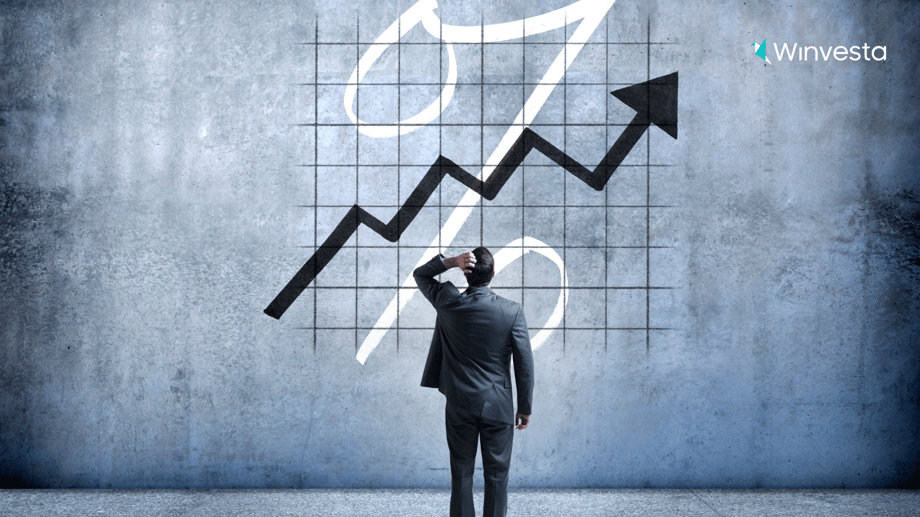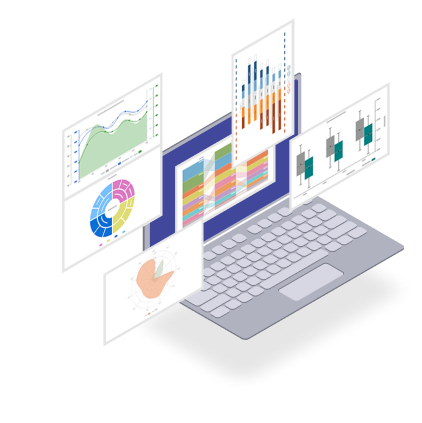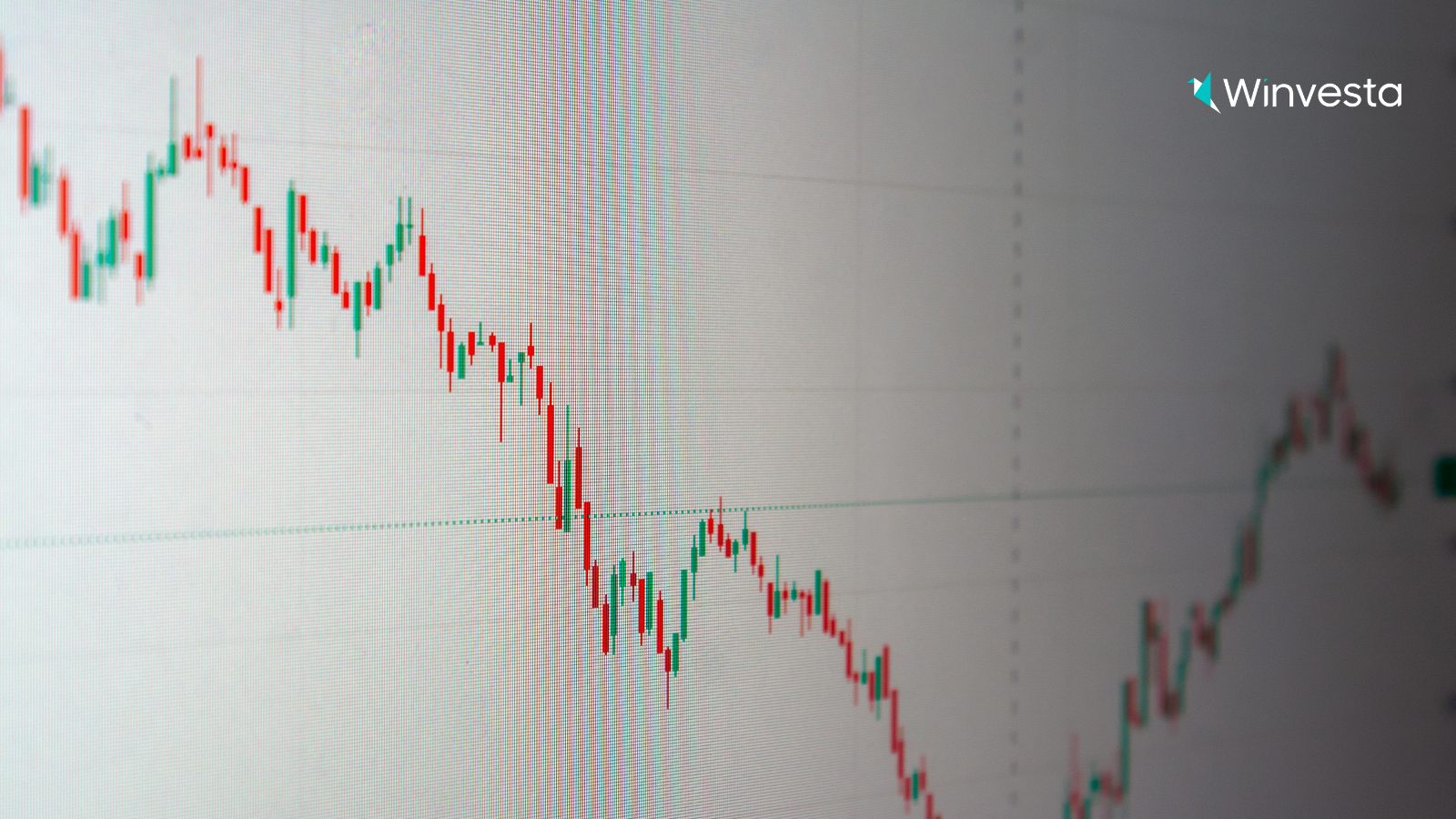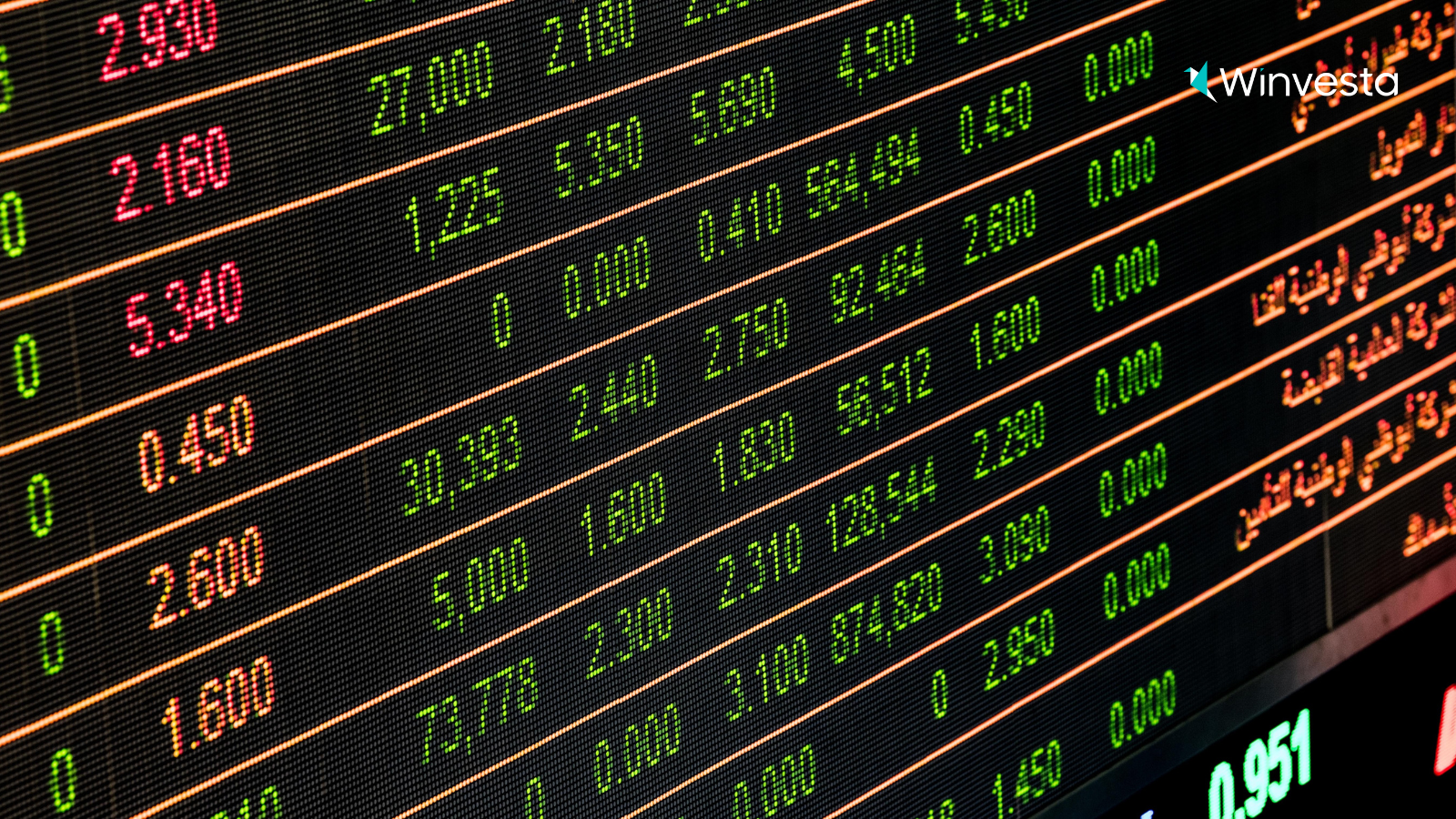Contents
What Happens When The Fed Increases Interest Rates?
6 minutes read
16 June 2025

The Federal Reserve holds more power over your wallet than you might think. When the Fed raises interest rates, it creates ripple effects that extend across the economy, affecting everything from your mortgage payments to your investment portfolio.
The last time the US Federal Reserve hiked rates was December 2018. Then the pandemic hit. Economic growth slowed, and the Fed slashed rates back to zero. Now, with inflation at 40-year highs, rate hikes are back on the table.
But what does this mean for you? Let's break down how Fed rate changes affect your money.
How the federal funds rate works
The Federal Funds Rate is the interest rate at which banks lend to each other on an overnight basis. Think of it as the baseline cost of money in the US economy. Currently, this rate ranges from 0% to 0.25%.
When banks need cash quickly, they borrow from other banks with excess reserves. The Federal Funds Rate determines how much they pay for these loans. This rate becomes the foundation for all other interest rates in the economy.
Why does the fed cut or raise rates?
The Fed uses interest rates like a thermostat for the economy. When growth slows, they lower rates to encourage borrowing and spending. When the economy overheats, they raise rates to cool things down.
Lower rates make borrowing cheaper. This encourages businesses to expand, hire workers, and invest in new projects. Consumers find it easier to buy homes, cars, and other big-ticket items.
Higher rates work in reverse. They make borrowing more expensive, which slows spending and investment. This helps control inflation when prices rise too quickly.
What happens when interest rates rise?%20(54).png?width=1600&height=900&name=Blog%20images%20(2)%20(54).png)
When the Fed increases rates, it raises the cost of credit throughout the economy. Banks pay more to borrow money, so they charge their customers higher rates as well.
This creates a chain reaction:
- Loan payments increase
- Consumer spending drops
- Business investment slows
- Economic growth moderates
Let's look at a real example to see how this works.
Real-world example: How rate hikes affect your mortgage
Imagine you're buying a home with a $500,000 mortgage. You plan to take a 30-year fixed-rate loan at today's rate of 3.75%.
Your monthly payment would be $2,315. Over 30 years, you'd pay a total of $833,400, with $333,400 going to interest.
Now, suppose the Fed raises rates by 1% before you get your loan. Your rate jumps to 4.75%. Here's what changes:
- Monthly payment: $2,609 (up $294)
- Total payments: $938,240 (up $104,840)
- Total interest: $438,240 (up $104,840)
That single percentage point costs you an extra $294 every month. Over the life of the loan, you pay $104,840 more in interest.
Many buyers would delay their purchase or look for a smaller loan to keep payments manageable.
How rising rates affect the stock market
Stock markets often react poorly to rate hikes. Higher rates make borrowing more expensive for companies, which can hurt their profits. They also make bonds more attractive compared to stocks.
The 2013 "taper tantrum" illustrates the dramatic impact of these effects. When the Fed announced it would reduce bond purchases, global markets panicked. Emerging markets, such as India, experienced massive capital outflows.
Indian stocks lost $13 billion in just three months. The rupee fell 15% against the dollar. India's central bank had to raise its rates to stop the bleeding.
US stocks typically fall when the Fed signals rate hikes. Investors worry that higher borrowing costs will reduce corporate earnings.
Bond market reactions to rate changes
Bonds and interest rates move in opposite directions. When interest rates rise, the prices of existing bonds fall. This happens because new bonds offer higher yields, making older bonds less attractive.
Long-term bonds suffer more than short-term ones. A 30-year Treasury bond loses more value than a 2-year note when rates rise.
Here's why: If you own a 30-year bond paying 2% and new bonds pay 3%, investors won't want your lower-yielding bond unless you sell it at a discount.
Government bonds become more appealing as rates rise. Their higher yields and government backing attract investors seeking safety and stability. Money flows out of riskier investments, such as stocks and corporate bonds.
Credit card and loan impacts
Rising rates hit borrowers across the board. Credit card rates typically follow the Federal Funds Rate closely. Most cards use variable rates tied to the prime rate, which fluctuates in response to Federal Reserve policy.
If the Fed raises rates by 1%, your credit card rate is likely to increase by the same amount. On a $5,000 balance, this incurs an additional $50 in interest per year.
Car loans, home equity lines of credit, and personal loans all get more expensive. Variable-rate loans adjust quickly, while fixed-rate loans only affect new borrowers.
Student loan rates also rise for new loans. Existing federal loans with fixed rates remain unchanged, but private loans with variable rates increase.
Savings account benefits
Rate hikes aren't all bad news. Savers finally earn meaningful returns on their deposits. Banks pay higher interest on savings accounts, certificates of deposit, and money market accounts.
The Federal Funds Rate serves as a benchmark for deposit rates. When interest rates rise, banks eventually pass some of the benefits to savers. However, they're usually slow to raise deposit rates and quick to lower them.
High-yield online savings accounts typically offer the best rates. They compete more aggressively, and the pass-through rate increases more rapidly than that of traditional banks.
Certificate of deposit rates also rise in tandem with Fed policy. Longer-term CDs lock in higher rates, protecting savers if rates fall later.
Global economic effects
Fed rate changes ripple across the globe. Higher US rates strengthen the dollar and can create problems for other countries.
Emerging markets suffer the most. Investors pull money from these markets to capture higher US yields. This creates currency weakness and financial stress in developing countries.
Countries with high dollar-denominated debt face particular challenges. As the dollar strengthens, their debt becomes more expensive to service.
Global central banks often follow Fed policy to maintain currency stability. This spreads the economic effects of US rate changes worldwide.

Ready to own a piece of the world’s biggest brands?
- Invest in 4,000+ US stocks & ETFs
- Fractional investing
- Zero account opening fees
- Secure and seamless
Start investing in just 2 minutes!

Build your global portfolio.
.png)
Invest in companies you love, like Apple and Tesla.

Track, manage, and grow your investments.
Preparing for rate increases
Savvy investors and consumers prepare for rising rates. Here's how to position yourself:
For borrowers:
- Consider refinancing variable-rate debt to fixed rates
- Pay down high-interest credit card balances
- Lock in fixed mortgage rates if you're buying soon
- Avoid taking on unnecessary debt
For savers and investors:
- Shop for higher-yield savings accounts
- Consider shorter-term bonds or bond funds
- Build cash reserves to take advantage of opportunities
- Review your investment portfolio's interest rate sensitivity
Different sectors react differently.
Some industries benefit from rising rates while others suffer. Banks typically profit from higher rates because they can charge more for loans while deposit costs rise at a slower rate.
Insurance companies also benefit. They invest premiums in bonds and earn higher returns when rates rise.
Real estate and utilities often struggle. These sectors rely heavily on debt financing and face higher borrowing costs. Dividend-paying stocks become less attractive compared to bonds.
Growth stocks, particularly in the technology sector, often underperform. These companies rely on future earnings that become less valuable when discounted at higher rates.
Timing and communication matter
The Fed doesn't surprise markets with sudden rate changes. They communicate their intentions through speeches, meeting minutes, and economic projections.
Markets often react to Fed communication as much as actual rate changes. If the Fed signals more aggressive tightening than expected, markets can sell off even before rates rise.
The pace of rate increases matters, too. Gradual, predictable increases cause less market disruption than sudden, significant changes.
Fed officials speak regularly about their policy outlook. Investors hang on every word, looking for clues about future rate moves.
Understanding Fed policy helps you make better financial decisions. Whether you're saving, investing, or borrowing, changes in interest rates affect your finances. The key is staying informed and positioning yourself accordingly.
Rate hikes create winners and losers across the economy. Borrowers face higher costs, while savers earn better returns. Thoughtful planning helps you navigate these changes and protect your financial future.
Frequently asked questions about rising interest rates?


Contributed by Denila Lobo
Denila is a content writer at Winvesta. She crafts clear, concise content on international payments, helping freelancers and businesses easily navigate global financial solutions.



